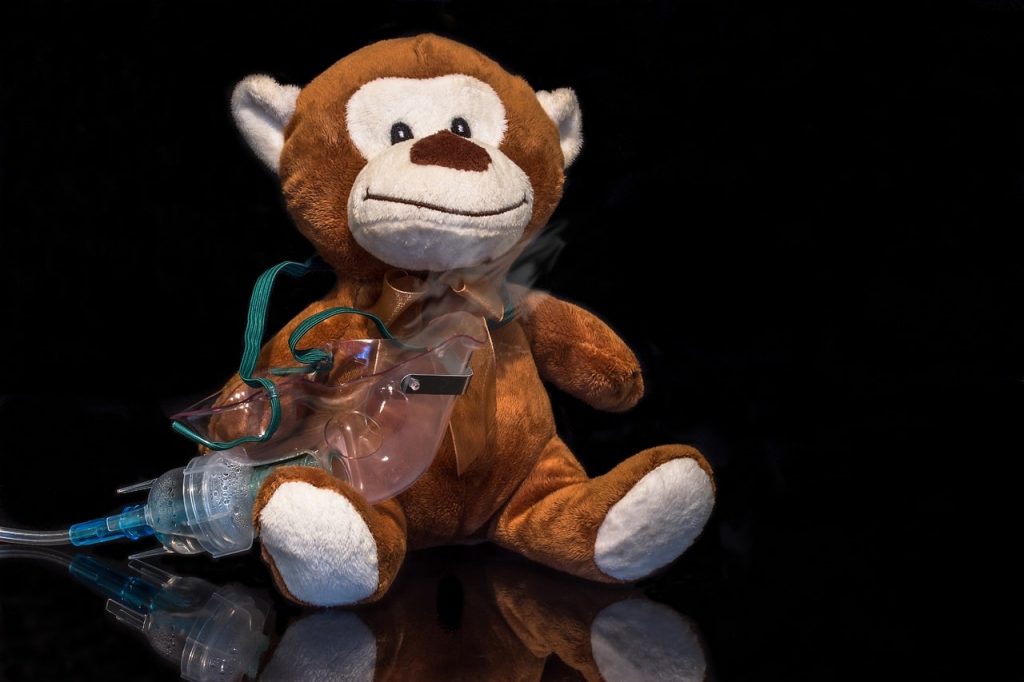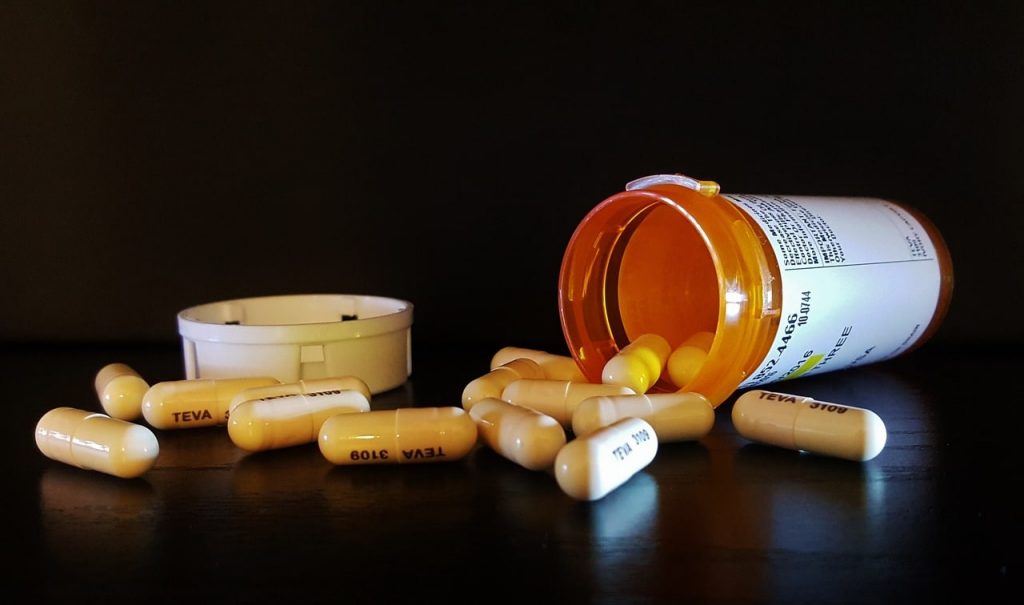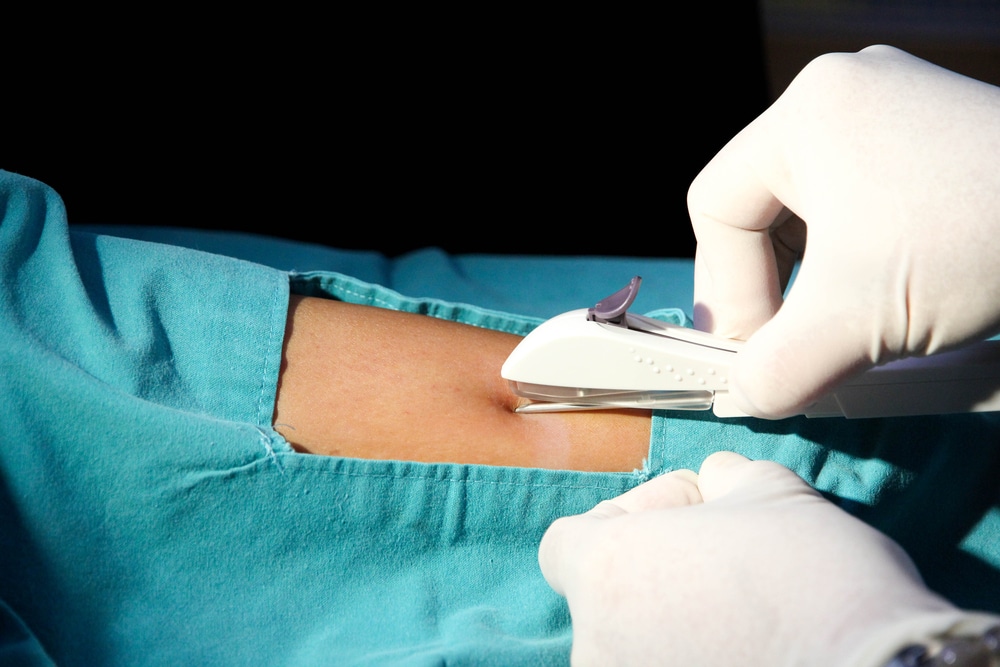Drug and alcohol addiction has been around for centuries and it has increasingly become a major issue in the United States. At first, people who suffered from substance abuse problems were considered degenerates and were often blamed for not having enough self-control to get sober and stop abusing drugs or alcohol. Today, thanks to medical science and research, our understanding of substance abuse problems and drug addiction is much farther advanced. We have developed evidence based treatments for addiction such as drug implants, like Naltrexone and others that greatly increase the chances of a successful recovery.
The majority of respected health professionals agree that addiction is a disease that is often characterized by the inability to stop using drugs or alcohol despite having suffered negative consequences in the past. To those who do not know, there is more to addiction than originally meets the eye.
For decades, there are those who have understood that addiction is a disease. Eventually, this understanding is what led to the creation of 12-step programs such as Alcoholics Anonymous (AA) and Narcotics Anonymous (NA). As more and more people gained knowledge about the disease of addiction, other more intense forms of treatment such as inpatient drug and alcohol rehabilitation programs began to develop.

While drug addiction and substance abuse problems have been around for quite some time now, there is a growing concern for the treatment of the current opioid epidemic in our country. For many diseases, there is no one-size fits all treatment, the same can be said with drug and alcohol addiction. What works for some, may not work for others. That is why they continue to develop new methods of treatment for this life-changing disease.
It is estimated that nearly 128 people die each day from an opioid addiction and nearly 15 million adults suffer from alcoholism in the United States alone. For many, the chance to recover is slim. One example of how researchers and medical professionals are trying to provide more effective treatment for the addiction to opioid drugs such as morphine and heroin, as well as for the use of alcohol, are drug implants like the commonly used Naltrexone implant. Naltrexone is an opioid antagonist that blocks the effects of opioids and alcohol at the receptor level, which helps to prevent abuse, curb relapse, and sustain recovery from an opioid addiction and alcoholism.
Over time, repeated use of addictive substances will change the structure and function of the brain. Most drugs target an area of the brain known as the reward center, releasing chemical messengers known as neurotransmitters that illicit a feel-good response. This is to help ensure that desired actions, usually necessary for survival, get repeated again, such as eating good food or having sex. After each use, the brain adapts. Eventually, the brain needs more and more of the substance in order to feel the same effects. Not only will they begin to need more and more of the same drug, but the excess release of these chemical messengers will essentially trick the brain into believing that it needs this substance in order to survive. It will also associate people, places, or things with this action that it believes is necessary for survival, which can trigger cravings for the drug, even months or years after they have gotten sober. All of these reasons combined is why it is extremely difficult for some people to get and stay sober.

For opioid related drugs specifically, they target and bind to pain receptors, blocking any sensation someone might feel from pain. Opioid antagonists, as mentioned earlier, block the effects of opioids at the receptor level. The effects of alcohol are also blocked at the opioid receptor sites, helping to reduce the liking and craving of both substances. There are several other treatment methods that are predecessors to Naltrexone implants. Those are drugs such as oral Naltrexone, or methadone, both of which are effective for the treatment of opioid addiction and alcoholism. However, part of the problem with oral opioid antagonists is maintaining consistency among users who need to take it every day, or as prescribed.
In 1984, the Food and Drug Administration (FDA) approved drugs like Naltrexone for the treatment of opioid addiction and later in 1994 for alcoholism. While proven to be extremely effective, for patients who are recovering from opioid addiction or alcoholism, taking their daily medication, medication adherence or compliance, is a real struggle and can be a huge setback to recovery. To help solve this problem, scientists and medical professionals have begun using and developing drug implants. For instance, there are several widely regarded studies that show the effectiveness of Naltrexone implants and thousands of treatment facilities have begun utilizing it as a treatment method.

Naltrexone implants are typically small medication pellets that get planted beneath the skin, slowly releasing medication usually lasting anywhere between 2-6 months. Thus, eliminating the need to take a daily medication. This has significantly increased the effectiveness of daily medication treatment methods for opioid addiction and
alcoholism. For instance, one study found that Naltrexone implants reduced the risk of opioid related death by nearly 50%. Additionally, when Naltrexone implant treatment is combined with other modes of treatment such as psychotherapy, it has been shown to be far more effective than just one mode of treatment alone.
The Naltrexone implant may be right for you if you have struggled with cravings, have had relapses in the past, or have had any difficulty with taking medication every day. Naltrexone has been proven to be an effective treatment for opioid addiction and alcoholism for many years, and the implant helps eliminate the need to take medication daily. This has saved many patients from having to remember to take their medication every day, or from having to find the time to get to the clinic every day in order to receive treatment.
If you or someone you know is struggling with an addiction to opioids or alcohol, let our family of staff at More Than Rehab help you get treatment today! We understand what it’s like to suffer from an addiction and we wish nothing more than to help show you the tools to lead a healthy and sober life! Please, reach out to us today.

